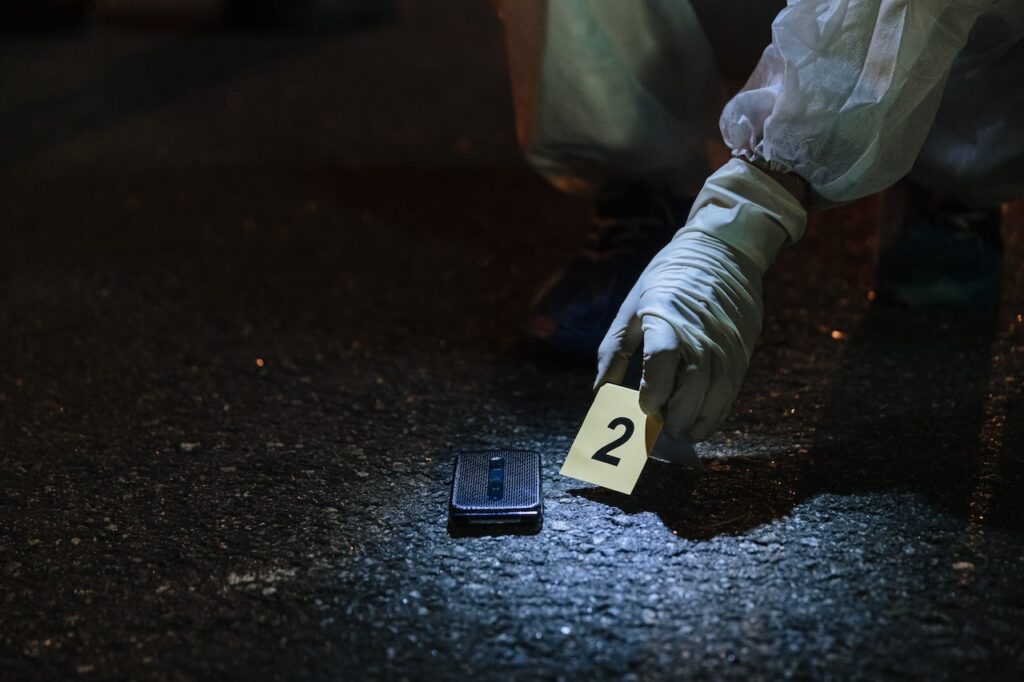An Introduction to Forensic Analysis
Forensic analysis is a crucial part of criminal investigation. It requires a thorough procedure that allows you to uncover crucial evidence and resolve complicated cases. In this blog we will explore the different phases of forensic analysis from the initial assessment, to giving evidence in the courtroom.
Forensic analysis is similar to solving a crime but in actual everyday. Imagine you are a detective but rather than a magnifying lens you’ve got cutting-edge technology available to you. In this article, we’ll try explore the fascinating realm of forensic analysis and deconstruct the key steps that go into this fascinating procedure. So, put on your detective hat, and explore the fascinating world of ‘Steps to Forensic Analyzing.’
It is the Art of Forensic Analysis
Forensic investigation is similar to peeling an onion. Layer by layer you expose the truth. It’s a systematic and meticulous process used to find crucial evidence during legal investigation. From solving crimes to finding the root of accidents, the forensic analysis plays an integral part within the legal system as well as numerous other fields. The steps forensic experts use to uncover the truth:
Step 1. Preservation
Preservation is like preserving an instant in time. If a crime scene is discovered the first thing to do is to make sure that the scene remains unaltered. This includes securing the scene, eliminating contamination and securing important evidence from decay or damage.
Step 2. Collect
Imagine you’re making a collection of puzzle pieces. Each piece is important. In this phase the forensic experts review every piece of evidence they can. This covers everything from fingerprints to blood samples, to the clothing of personnel and weapon.
Step 3: Examine
When the evidence has been collected and analyzed, it’s time to look at the evidence. This is similar to solving a puzzle. You look over each piece of evidence to see how it is a part of the larger picture. Experts make use of the latest technology and techniques to examine the evidence in depth.

Step 4 Step 4: Analysis
At this point forensic analysts delve further into the proof. They look for the patterns and draw their conclusions and start to build an encapsulated narrative. It’s like connecting dots to see the larger picture.
Step 5 Step 5: Documentation
Like a writer documenting his work, forensic specialists record their findings. The need for detailed reports is essential in legal instances. The reports describe the method used, the evidence examined and the conclusions drawn.
Step 6 Step 6: Interpretation
Interpretation can be described as the process of telling stories. Experts communicate the results to police agencies, lawyers, or to the court. They have to be able explain complex scientific findings in a manner that anyone can comprehend.
Seventh Step: Present
Presenting is the art of presenting an impactful case. Experts in the field of forensics often appear in court and their ability to provide evidence could be crucial to a successful verdict or exoneration.
Step 8: Revision
As an editor evaluates the manuscript, forensic experts look over their work. The experts double check their conclusions and make sure there are no mistakes and are able to peer review in order to maintain the highest degree of accuracy.
Step 9: Final
The conclusion can be described as the closing chapter of the book. After all evidence has been scrutinized, analysed, and then presented the final decision or verdict is made.
Step 10 Then follow-up
Sometimes it’s not always the case that the story ends with a conclusion. Further investigations are sometimes required for obtaining new evidence, or reexamining previous conclusions.
After we’ve discovered the various stages of forensic analysis Let’s look at some of the common queries related to this fascinating field.
Most Frequently asked questions (FAQs)
Q1: What is the principal objective of the forensic analysis?
The main objective of the forensic analysis is to gather the information, analyze and interpret evidence to discover the truth about legal investigations like the reconstruction of accidents and criminal cases.
Q2: How can forensic experts protect a crime scene?
Forensic experts protect the crime scene by protecting the space, preventing contamination and making sure that evidence is shielded from outside influences.
Q3: What are the methods used during the examination phase of the forensic analysis?
During the exam phase In the examination phase, experts in forensics employ various techniques, including fingerprint analysis as well as ballistics testing, DNA testing and toxicology to examine the evidence they have collected.
Q4 What is the reason documentation is so important in the forensic analysis?
Documentation is a must in forensic analysis. It helps to make an inventory of the procedures employed, the evidence examined and drawn conclusions. It helps ensure transparency and may be used to support evidence in the court.
Q5 What is the difference between police and forensic analysts the same thing?
Forensic analysts and detectives play distinct roles. Detectives investigate crimes and collect evidence in the beginning, whereas forensic analysts focus on examining evidence and analyzing it in a laboratory controlled environment.
In the end, forensic investigation is an exciting trip that will take us from the scene of a crime to courtrooms. The steps that are involved throughout the process from preservation to following-up is like chapters of an engaging book, each one contributing to the discovery about the facts. Through understanding these critical stages we can gain a better understanding of the fascinating field of Forensic analysis and its crucial contribution to the search for justice.
